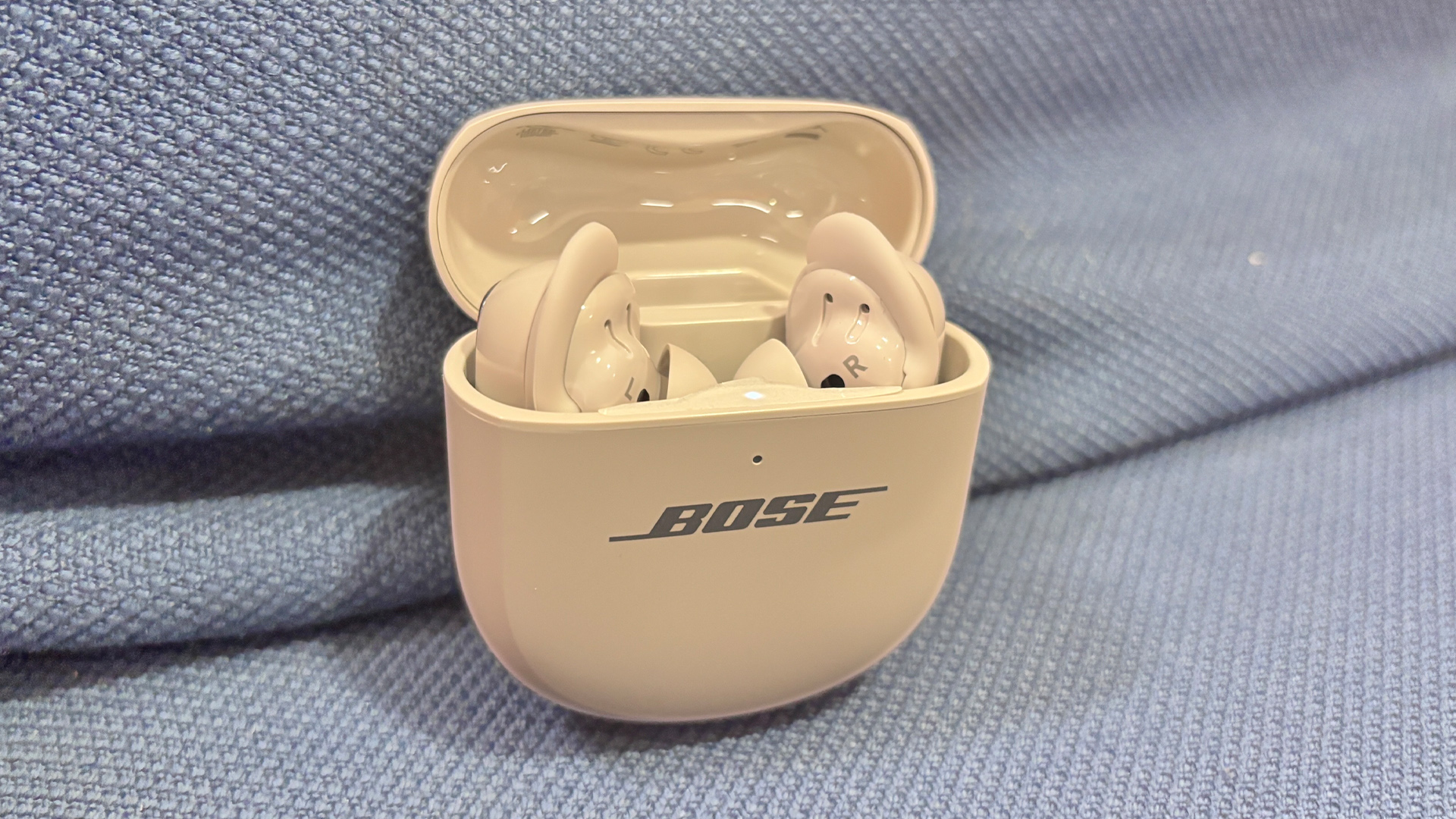Why vinyl is greener than music streaming
Listening has never been so environmentally friendly
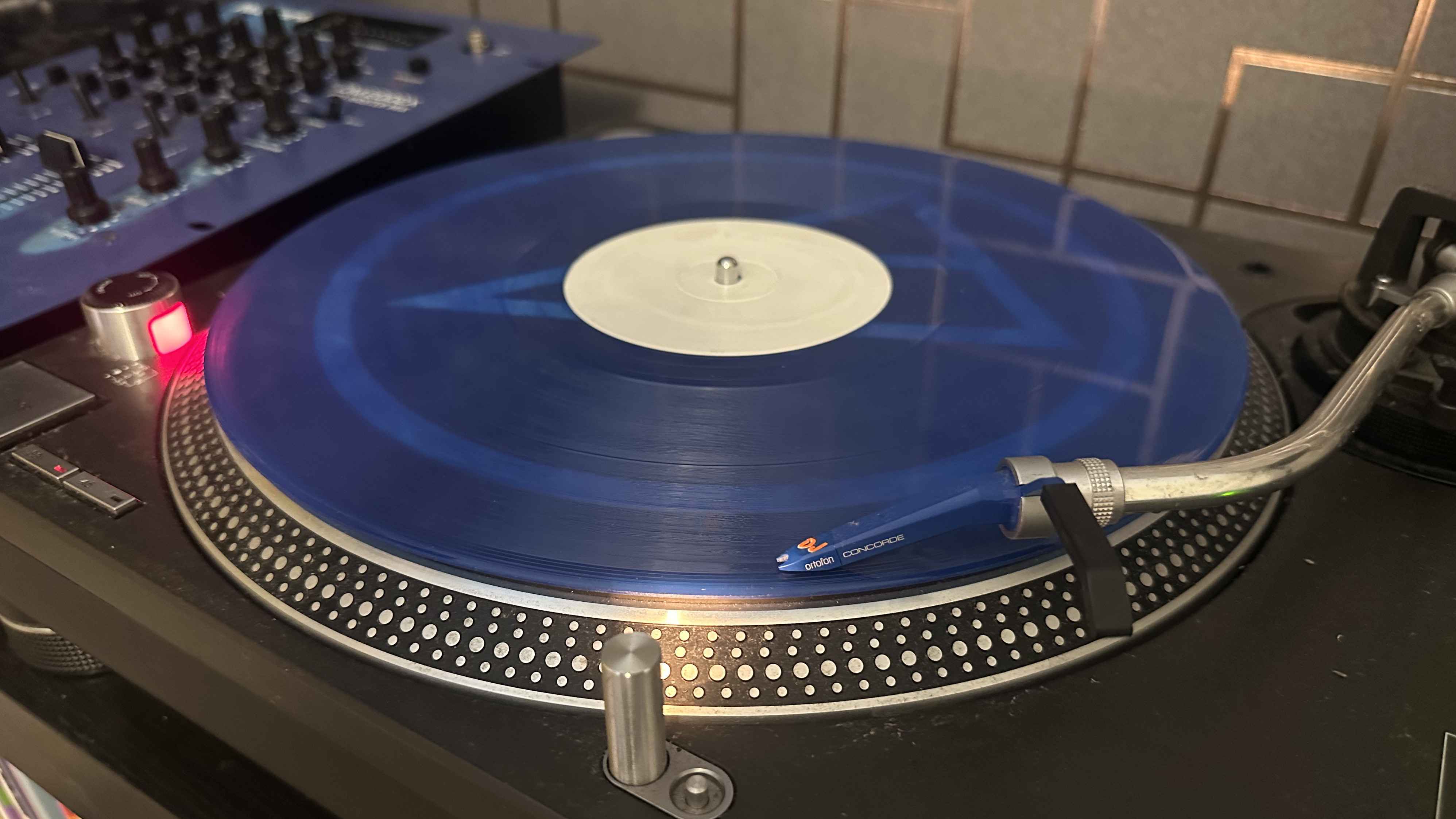
Like most activities, listening to music has an environmental impact. But how you listen can make a huge difference.
We've looked at the numbers, and it's good news for vinyl fans – listening to physical records is greener than streaming. Or at least it can be, provided you do it right...
A one-off cost
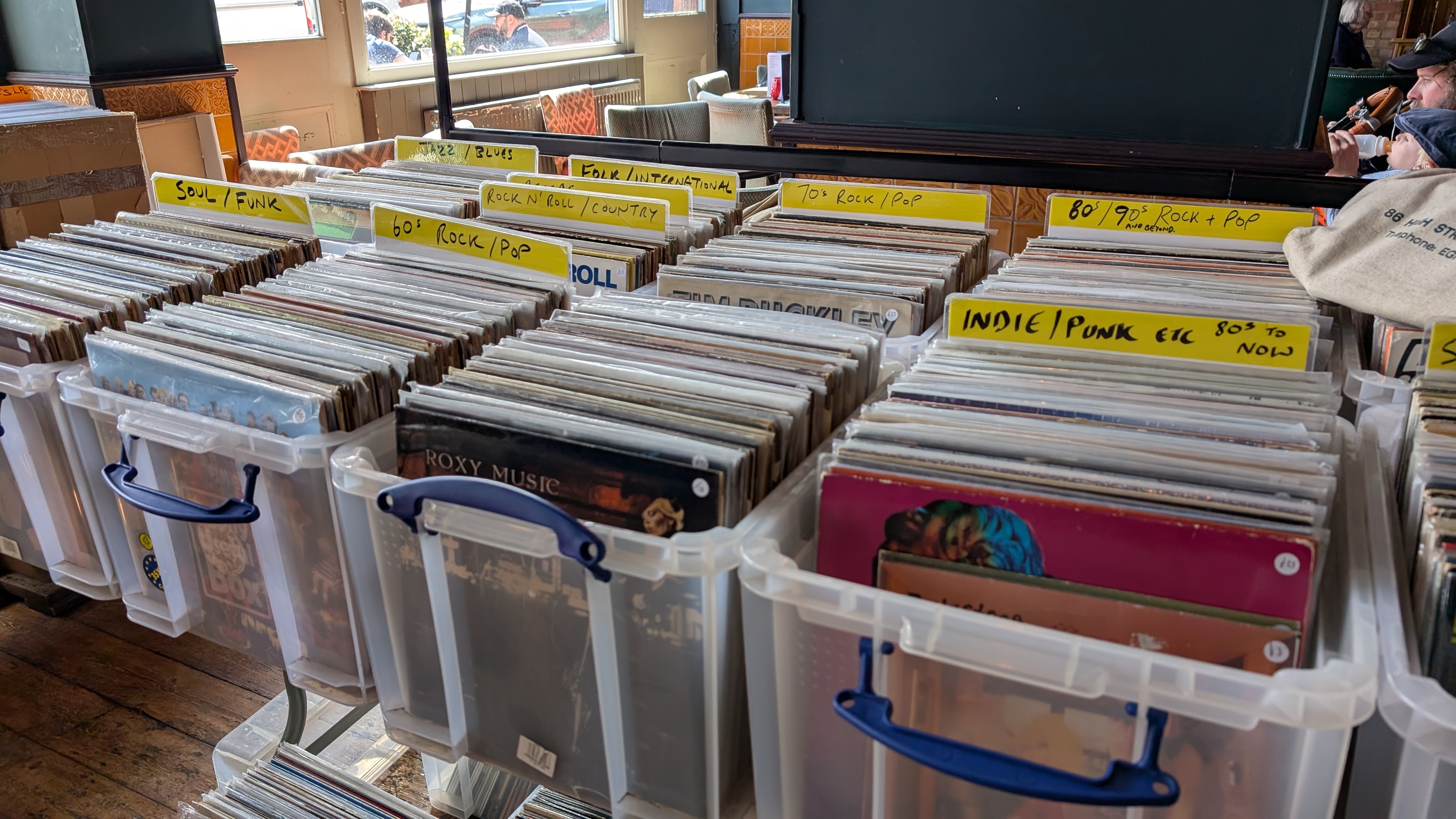
On the face of it, you would think streaming would be far better for the environment than physical records. After all, streaming just involves sending information digitally, which has to be more environmentally friendly than producing, storing and shipping a physical product like vinyl records.
And with each 12-inch piece of polyvinyl chloride (PVC) weighing between 120g and 150g (and some up to 180g), the current vinyl revival surely has a devastating environmental footprint, right?
Not necessarily. Because while it's true that a physical product like vinyl does come with its fair share of emissions, these are a one-off cost.
Each piece of vinyl only has to be produced, stored and transported once, after all. Whereas a piece of digital music brings the same cost each time it's listened to, as it has to be streamed all over again.
This cost can be substantial, in the form of server farms and data connections, not to mention the routers and digital devices like phones or computers on which to play it. A streamed track's carbon footprint is stamped a little bit deeper with each listen.
The latest hi-fi, home cinema and tech news, reviews, buying advice and deals, direct to your inbox.
Swift's immodest proposal
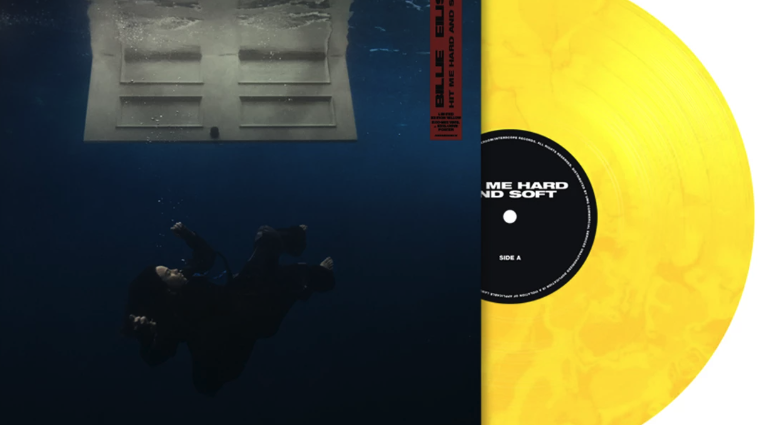
Because there are so many variables at play, it's tricky to crunch the numbers for a precise comparison between vinyl and streaming.
The closest we have is an attempt by The Ecologist in 2018. Digital tech has become more carbon-efficient since then, but the explosion in streaming has more than offset this.
In 2023, people streamed over 4 trillion songs, according to Luminate's Industry Report. Around 120,000 new songs are added to music streaming services worldwide every single day. And with Gen Z being the heaviest users of music streaming services, this trend is only going to continue.
So streaming has a very real environmental cost.
Of course, vinyl isn't faultless. Critics have singled out Taylor Swift for releasing multiple versions of her 2024 album The Tortured Poets Department. At last count, there were 36 different versions, eight of which were released on vinyl.
When you consider the size of Swift's fanbase, you can see the environmental cost of releasing multiple versions of the same album. It might be great for sales, but it's terrible for the planet.
But not all artists are like Swift. Billie Eilish has a whole Sustainabilty section on her website. While she too has released multiple different vinyl versions of the same album, they all contain the same tracks, and all are released on the same day (Swift's were drip fed over a period of months in an attempt to keep the album riding high in the charts).
Eilish's releases are made largely with recycled vinyl, and all the packaging is made from recycled materials. All of which will help minimise the impact.
Let's not forget Tiny Vinyl. This 4-inch vinyl format launched recently, and while it's currently a niche option (sold only at Target in the US and limited to special collectors' editions from established artists), its smaller size and lower weight does make it more environmentally friendly than its 12-inch equivalent.
Each Tiny Vinyl weighs 15g (compared to 120-180g for full size vinyl), and is made from 100 per cent bio-attributed vinyl. It might be tiny vinyl, but it's a big step in the right direction for sustainability
Changing the relationship
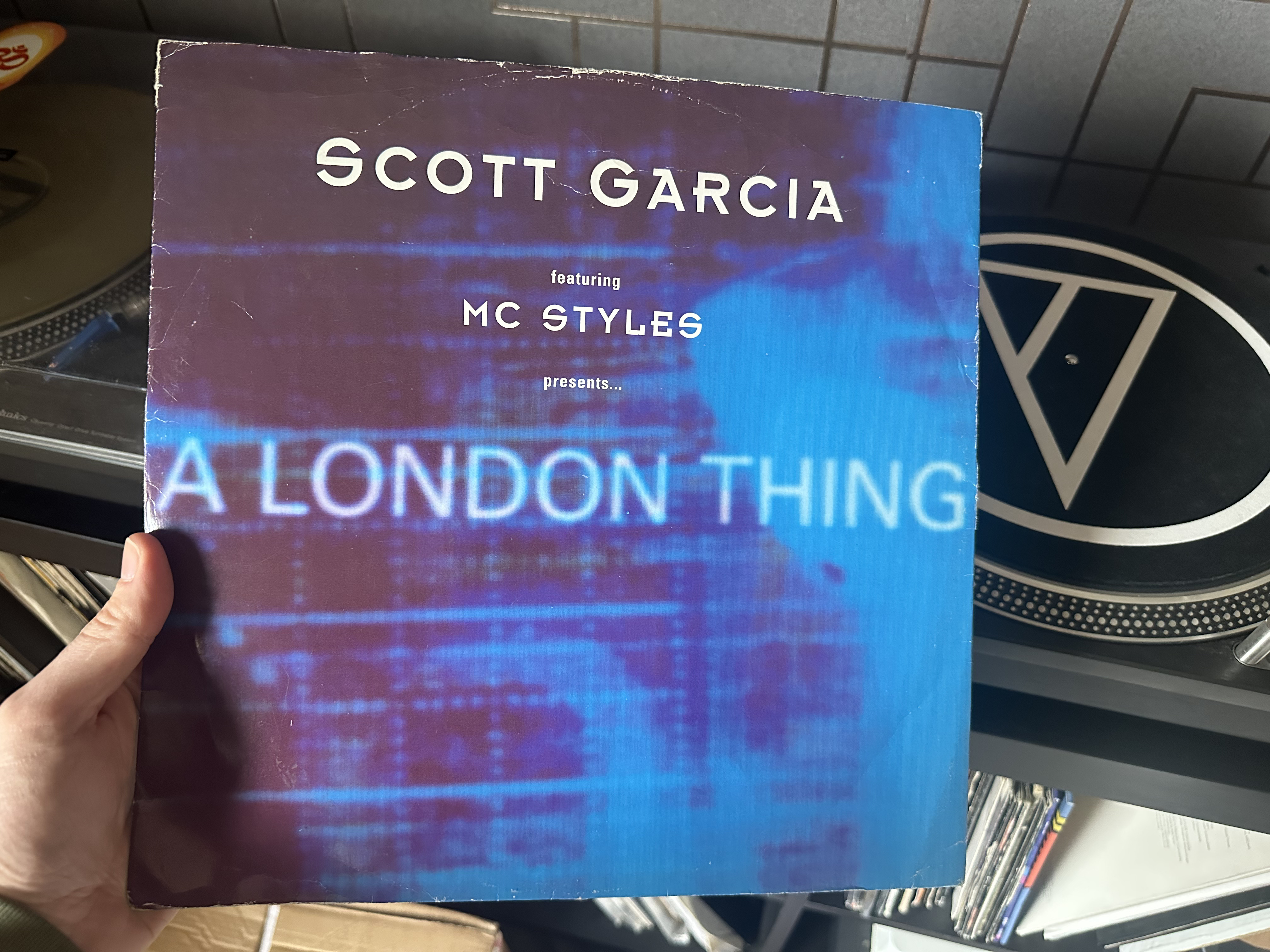
But perhaps the strongest argument in vinyl's favour is how people listen to it.
Because an album is more expensive on vinyl, you're likely to listen to it more times. It's human nature – you've spent the money, now you want to get more use out of it. And of course you'll want to enjoy the tactile feel of the vinyl, the gatefold artwork and all the rest.
The more times you listen to a piece of vinyl, the greater value you're getting from its environmental cost. And the more time you spend listening to a record, the less time you're spending listening to other music, creating less demand, which means less production and shipping, less streaming and less harm to the environment.
It's more considered listening, whereas streaming cheapens music, both figuratively and literally. It changes your relationship to the music – with millions of songs at your fingertips, you're more likely to skip 'boring' parts of songs or even entire tracks, albums or artists in search of something else. Which uses more energy.
The difference is even more stark if you're buying second-hand vinyl.
Vinyl does have a secondary impact in travel emissions for records being posted out from retailers and people heading to record shops and vinyl fairs. But I would argue that for at least part of these, the social benefit far outweighs any environmental impact. Meeting up with like-minded people to talk about a passion like music is far better for everyone than sitting at home listening to music on your own.
Vinyl might be more expensive, but when it comes to the environmental and social impact, streaming's cost is much greater.
MORE:
Welcome to What Hi-Fi?’s inaugural Sustainability Week!
Check out the best record players
14 of the best vinyl documentaries to buy, rent or watch for free
Joe has been writing about tech for 20 years, first on staff at T3 magazine, then in a freelance capacity for Stuff, The Sunday Times Travel Magazine (now defunct), Men's Health, GQ, The Mirror, Trusted Reviews, TechRadar and many more. His specialities include all things mobile, headphones and speakers that he can't justifying spending money on.
You must confirm your public display name before commenting
Please logout and then login again, you will then be prompted to enter your display name.

